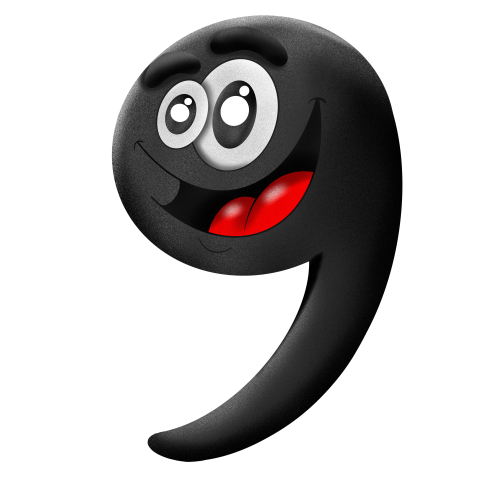
Commas. Some people love them; some people hate them. But no matter which way you lean, you will need to deal with them in your copy.
One of those important instances involves compound sentences and sentences that may look like compound sentences. Where do those pesky commas go?
A compound sentence is a sentence that has at least two independent clauses joined by a comma, semicolon or conjunction.
Example: Julie raced out the door to climb Piestewa Peak after work, but she forgot her water bottle.
When you have two clauses that each have a subject and a verb and are joined in the same sentence, chances are you need a comma. This usually involves a joining word, too, like “and” or “but.”
Another example: Dr. Pamela Velasquez was scheduled for surgery at 8 a.m., and the patient showed up early enough to start right on time.
When you don’t have a subject and a verb in each clause, you don’t need a comma.
Example: Timothy ran to kick the ball but whiffed.
The part of the sentence following “but” doesn’t include a subject like “he, she, they, it,” so there is no need for a comma.
—Sarah Muench

This is so helpful! Thanks!!